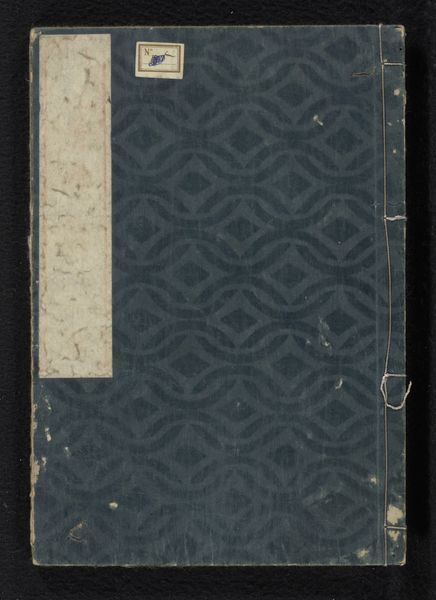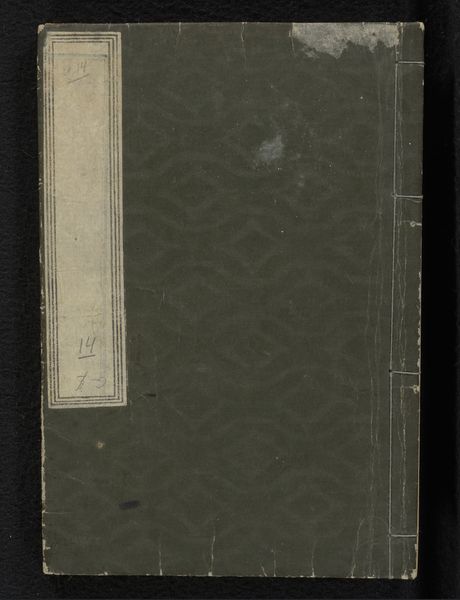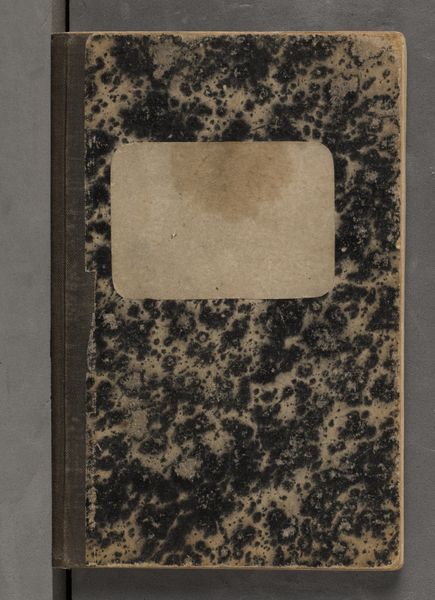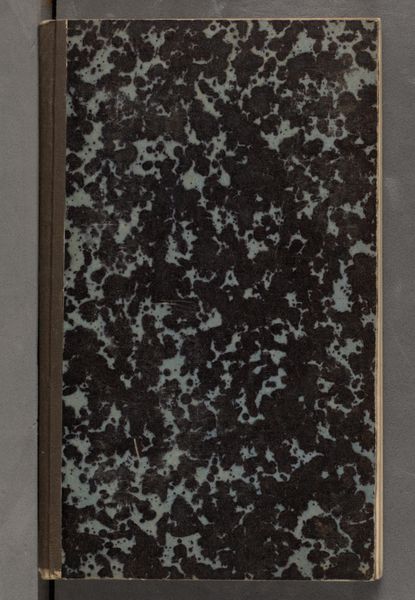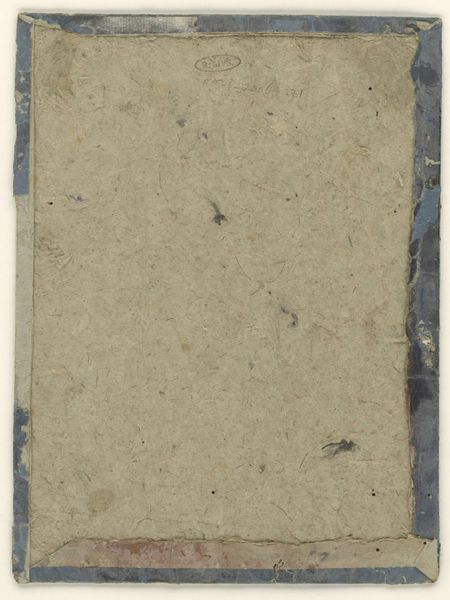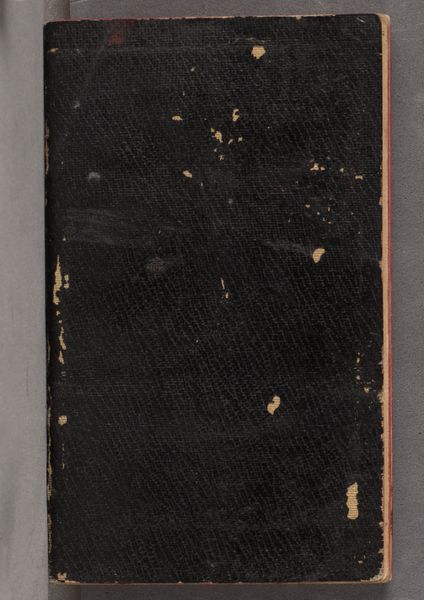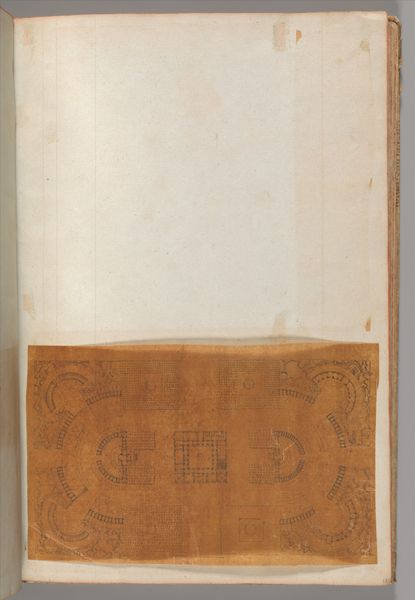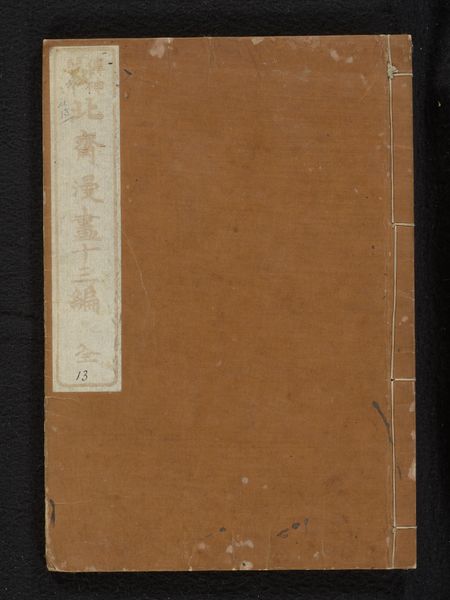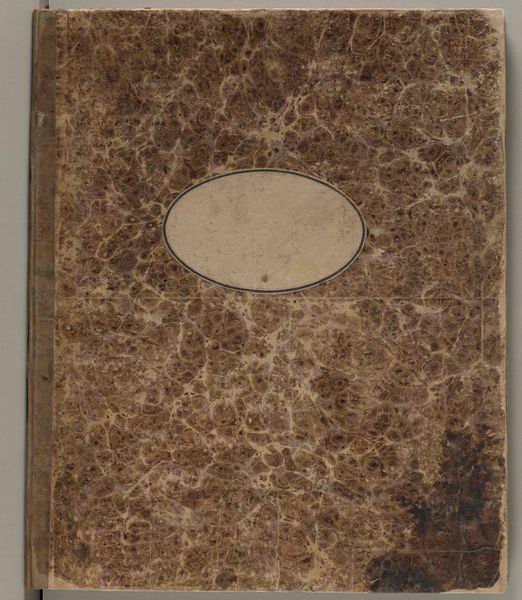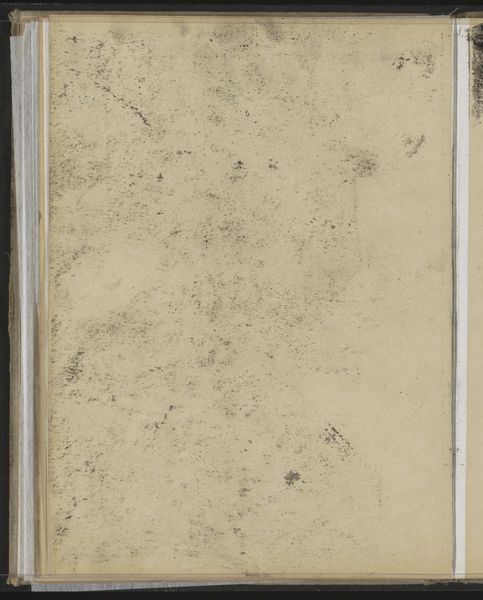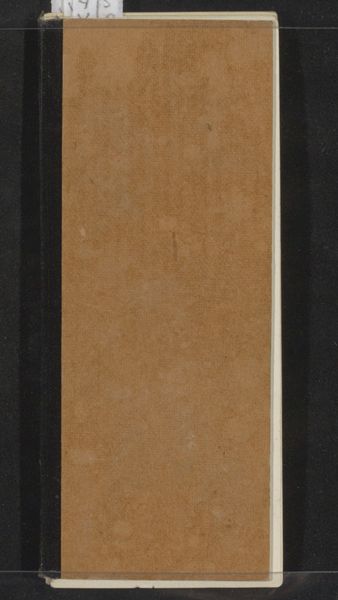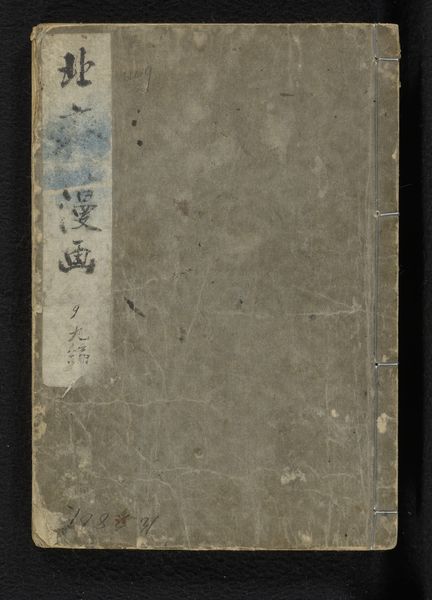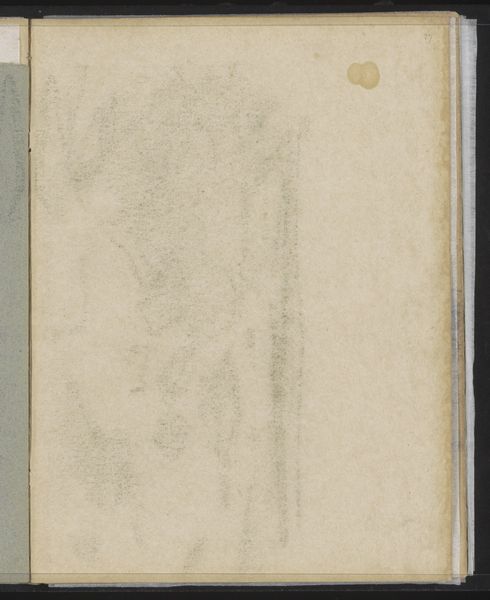
drawing, print, paper, woodblock-print
#
drawing
#
aged paper
#
toned paper
#
reduced colour palette
#
muted colour palette
# print
#
asian-art
#
ukiyo-e
#
paper texture
#
paper
#
chalky texture
#
woodblock-print
Dimensions: height 227 mm, width 157 mm
Copyright: Rijks Museum: Open Domain
Curator: This artwork, housed here at the Rijksmuseum, is entitled "Schetsen van Hokusai - deel 10," or "Hokusai Sketches - part 10," dating from 1819 to 1878. It’s a print, specifically a woodblock print, by Katsushika Hokusai. Editor: It looks old, very old. The muted colors and aged paper give it an immediate sense of history and, dare I say, fragility. I wonder what stories it holds within its pages. Curator: Hokusai was a key figure in the Ukiyo-e movement, which gained momentum during the Edo period. Prints such as this one reflect a shift in artistic production from serving solely the elite to a wider audience, representing an increased interest in popular culture. Editor: Ukiyo-e often portrayed idealized and stylized images of women, right? It feels vital to consider whose voices were not represented in that visual language. As cultural institutions, are we doing enough to broaden our own contemporary canons and visual paradigms? Curator: Museums have changed substantially. I believe it is vital that galleries exhibit traditional masterpieces like these as integral parts of a comprehensive view, including a thorough examination of its historic and societal context. Editor: Yes! Context is everything. I mean, here we have an aged work printed using the labor-intensive woodblock technique...what level of skill and cultural traditions existed to produce an affordable drawing collection? The labour is hidden, almost erased from our consciousness. Who were these labourers and craftspeople? What socio-political systems enabled their suppression or erasure? Curator: Thinking about Hokusai and the art world of his time, his influence wasn’t immediately recognised in the Western art world. The reception of Japanese art has shifted markedly from relative indifference in academic circles to wide popular appreciation, and now forms part of mainstream curricula. Editor: That history of delayed recognition is important. When we consider the artwork’s reception alongside its aesthetic qualities and production history, we invite a more comprehensive experience with the artwork. So it makes you question, which other forms of labor or production systems have been obscured? Curator: Thinking of Hokusai’s prints now, they still carry enormous weight both in terms of their beauty and what they can tell us about evolving tastes and perceptions of Japanese art. Editor: Agreed. I leave this interaction mindful of how institutions have affected or shaped artists, while remaining aware that historical works such as "Schetsen van Hokusai - deel 10," can promote discussion about labor, historical interpretation and cultural norms.
Comments
No comments
Be the first to comment and join the conversation on the ultimate creative platform.
